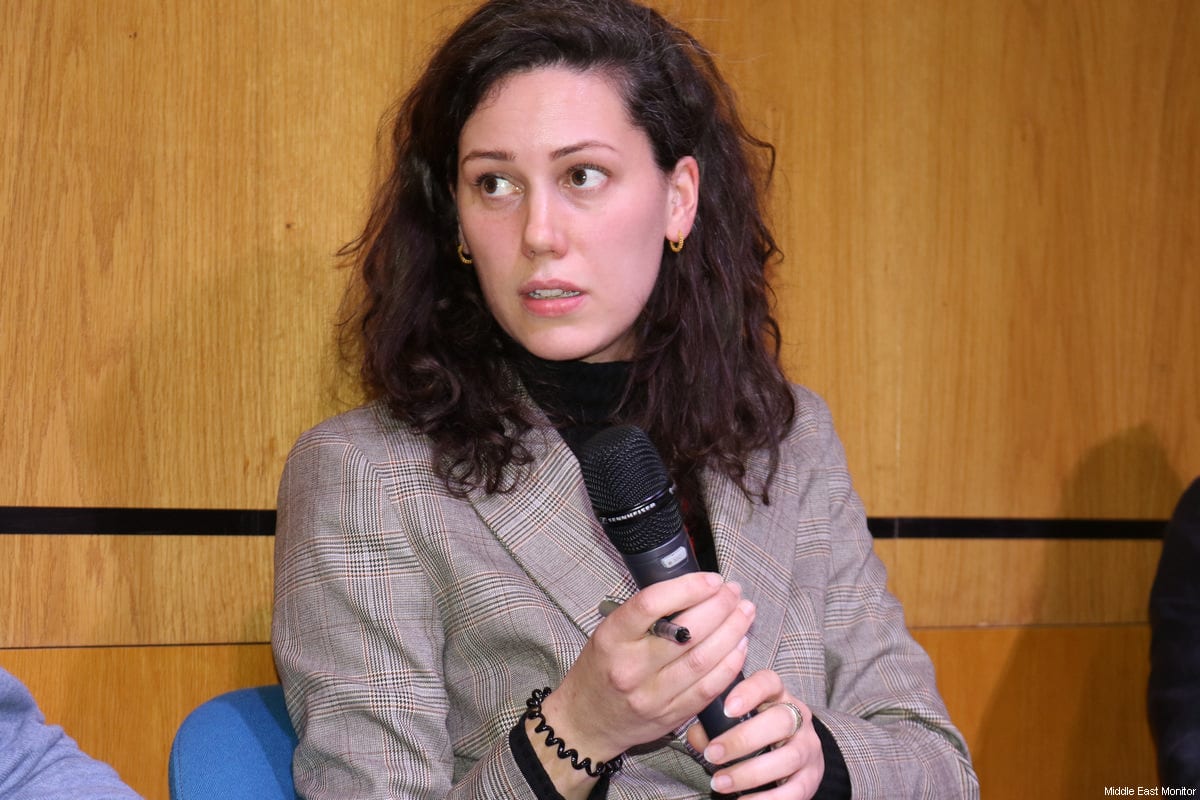After a young Syrian man escapes his hometown of Raqqa, he must make it to Belgium so he can be reunited with the love of his life. His first stop is neighbouring Lebanon, where he crashes an exhibition launch to steal the free food, and to take a break from electrocuting baby chicks in the factory he works in to make ends meet.
In an unconvincing coincidence, a successful, contemporary Belgian artist asks Sam if he will have his back tattooed in exchange for a “magic carpet” to travel to Brussels. With this, Sam Ali is presented with a dilemma that thousands of people fleeing conflict and persecution must navigate every day: What lengths will he go to leave the Middle East and get to Europe?
He agrees and becomes “The Man Who Sold His Skin.”
Once in Europe, Sam sits in a prestigious gallery amidst the other paintings whilst visitors peruse the artwork, including his back, which now has a Schengen visa tattooed across it. Ali has become a commodity who can travel far more easily than a human being and is treated as just that: an object.
READ: ‘My gun is my body’, says Syrian dancer Nidal Abdo
Kaouther Ben Hania’s film explores to what extent Ali has been exploited and is a comment on human trafficking, a trade that has flourished amid the mass movement of people.
It is about the size, or limits, of Ali’s liberty which he gave so much for – is he free now that he is in Europe, or is he simply in the hands of people who want, and do, take advantage of him? Can the two somehow balance the other out? It is also about the inner turmoil that comes with arriving in a country you have long dreamt of, and not finding exactly what you hoped you would find.
Meanwhile, Ali’s well to do fiancée from back home has married a Syrian diplomat who works at the embassy in Brussels and through marriage was able to leave the war behind her and live in relative comfort, a seemingly far easier journey than Ali’s has been. But she has her own problems – an obligation to please the people around her and the torment that comes with being trapped in an unhappy marriage.
The contrast of their journeys is paralleled in the refugee vs elite artworld juxtaposition – the two worlds which are combined in the film – or the haves and the have nots of this world.
READ: Discover the Islamic Arts Museum, Malaysia
Over time, Sam’s back becomes worth one million euros ($1.17 million). Who are these wealthy collectors who pay obscene amounts of money for the work of a few artists, whilst the remaining 99.9 per cent earn next to nothing for their work? What is it about an artwork that can make its value skyrocket?
Ben Hania’s latest film was inspired by a retrospective at the Louvre in Paris of Belgian artist Wim Delvoye, who tattooed the back of Tim Steiner. The elaborate tattoo was sold to the German art collector Rik Reinking who will receive Steiner’s skin, framed, once he dies to hang among his personal collection. Until that moment Tim Steiner is like Ali, sitting in art galleries as a human canvas at least three times a year.
In parts ‘The Man Who Sold His Skin’ requires a little imagination, but this romance meets drama meets satire is at the same time an urgent revisiting of the refugee crisis, in particular the thousands of people escaping from Syria, which for years has failed to gather the same interest it did in 2015. It is also to be celebrated as the first Tunisian feature to be nominated for the Best International Feature at the Oscars.




















